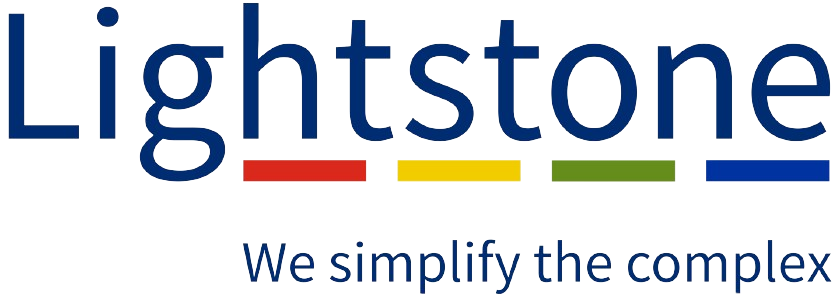The municipal valuation of residential properties has become increasingly important to ratepayers as it forms the basis of rates and taxes and if valued too high, ratepayers will pay more than they need to – for at least five years before the next valuation comes around.
The issue has been topical in recent weeks as residents in both Johannesburg and Cape Town have been reviewing newly tabled valuation rolls.
Hayley Ivins-Downes, Head of Digital at Lightstone Property, said several existing Lightstone products, using technology, data and artificial intelligence, will help eliminate valuation variances and inaccuracies, and so provide ratepayers with the certainty and comfort that the rates they pay are appropriate.
“Three of our valuation products help clients effectively capitalise on the opportunities hidden in trends. AI Valuation Model (AiAVM), Estate Agent Valuation Model (EVM) and AI Powered RCV combine the power of Artificial Intelligence with our traditional products and processes to help identify new opportunities or cut significant operational costs for our users”.
The AiAVM has been running in parallel with Lightstone’s existing AiVM product for six months, and delivers increased coverage, accuracy and usability in property valuations.
“We have seen an increase in the proportion of our AVMs predicting within range from just over 70% to close to 85%, and more importantly, we’re setting a new standard for ourselves and the rest of the industry with pinpoint accuracy within 10%”, she said.
On this measure within 10% accuracy, there is a massive 17 percentage points improvement, and Lightstone is able to provide usable estimates for an additional 690k properties.
Ivins-Downes said the increased coverage and accuracy will have a direct effect on the average cost of granting loans as well as the speed of turnaround in a highly competitive environment where consumers expect instant responses.
In consultation with Estate Agents on the ground, Lightstone recognised a need for a product that might not be fully self-driving like the AiVM, but that can simplify the price counselling process with the buyer and seller during complex and often emotionally loaded negotiations.
“Our new EVM will give the Estate Agent a more scientific and realistic trading range in the suburb, as well as an accurate range of the upper and lower bounds the property could trade in.”
This will help secure mandates from sellers while ensuring that realistic offers are made by buyers in line with the value lenders and other industry players will place on the property.
EVMTM

The AI Powered RCV has been developed for insurers and re-insurers to use during underwriting and portfolio risk assessments “because we recognised that the construction and replacement costs of homes our insurance clients carry on their books have significantly drifted from market values in most parts of South Africa,” Ivins-Downes said.
For this reason, Lightstone developed an AI powered RCV with similar confidence scores attached to the predictions for insurers and re-insurers to use. When comparing the confidence scores to actual results through Physical Valuations, the majority sit in the 71% to 80% accuracy band, while a smaller portion are in the 81% to 90% confidence score accuracy band.
Lightstone only compares results against physical valuations which in themselves might be inaccurate – but even with that limitation, the distribution of confidence for this model shows pleasing results. It is in different stages of testing and adoption with Lightstone’s insurance clients and available on API.
Accurate property valuations for ratepayers

Lightstone’s EzRates assists ratepayers in easily accessing a Lightstone Property Value Buyer Report so they can check if the municipal value on the General Valuation Roll is in line with the property’s estimated market value.
This report gives property owners the peace of mind that they have reliable data about their property value and it can also be used as supporting documentation for any objection to information recorded on the Roll, as it includes all the property information registered at the Deeds Office, such as the owner’s details, the size of the property, intel on recent sales in in the area – and much more!
Other experimental work using AI techniques
Lightstone is running other experiments in the AI sphere, including building out their AUR algorithms to provide more intel and insights about buildings, swimming pools and solar investments. This will ultimately create more data for its AiVM to consume or be really useful on its own.

